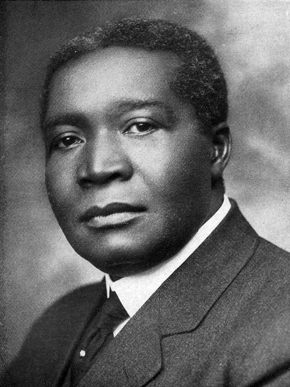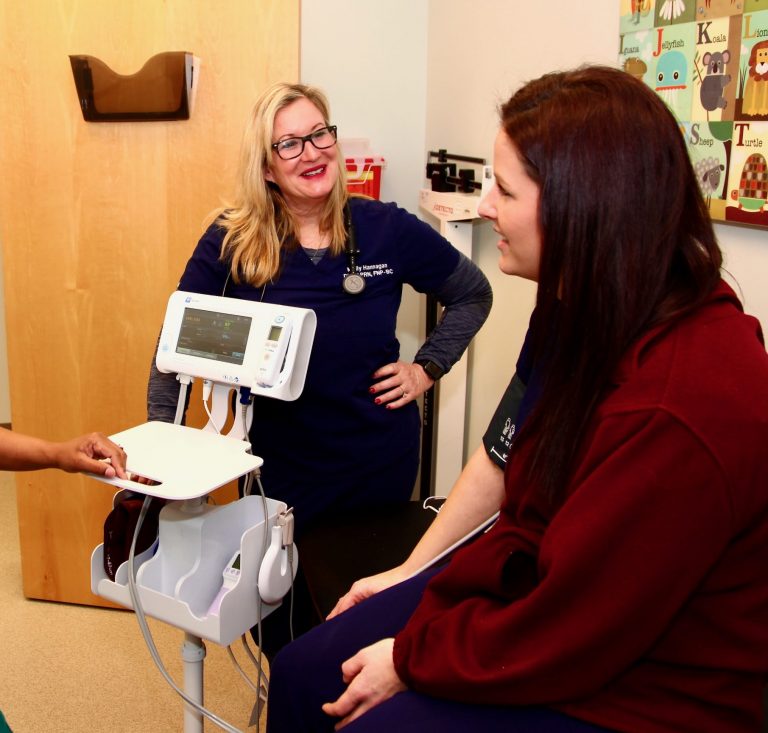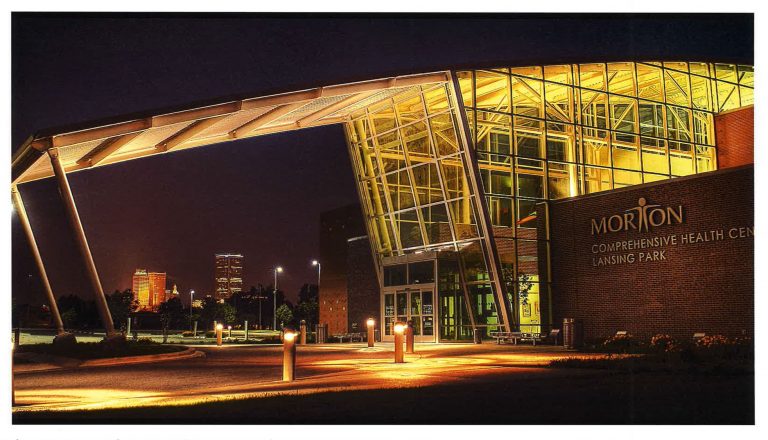Menu

The History of Morton Comprehensive Health Services began over 100 years ago as a direct result of the 1921 Tulsa Race Massacre. Shortly after this disaster, the City of Tulsa and the American Red Cross opened the Maurice Willows Hospital on North Hartford to provide care to the now-economically disadvantage survivors. The hospital was named after Mr. Maurice Willow, Director of Natural Disaster with the American Red Cross in honor of his heroic effort in crossing all racial barriers to help those who lived in and around the Black Wall Street area.
In 1932, the City of Tulsa replaced the hospital with a new municipal hospital at the corner of Pine and Greenwood. Along with the new hospital came a new name. Moton Memorial Hospital. This hospital was named in honor of Robert Russa Moton, President of the Tuskegee Institute. Mr. Moton served as president of Tuskegee Institute from 1890-1915. He succeeded Booker T. Washington. (More information about Moton at http://www.motonmuseum.org).
The City of Tulsa transferred management of the municipal hospital to a board of community representatives in 1941. The Office of Economic Opportunity and the Tulsa City-County Health Department supported the hospital at this time.
Unfortunately, in 1967, after a history of serving the north Tulsa disadvantaged population, Moton Memorial Hospital closed. A year later, the facility reopens as Moton Health Center, providing ambulatory care.
In 1972, the then Department of Health, Education and Welfare (now the Department of Health and Human Services) gave grant support to the health center. It was then when Moton obtained federal standing with the Bureau of Primary Health Care as a Federally Qualified Health Care Center.
In 1983, the Bureau of Primary Health Care renamed the facility Morton Comprehensive Health Services, Inc. The name was in honor of W. A. Morton, M.D., a local physician with a distinguished record of service at Moton Memorial Hospital.
In 1998, the Midtown Homeless Health Center located near the Salvation Army opened to provide health care to individuals who use emergency shelter or transitional housing.
The East Tulsa Family Health Center was opened in 2002, to serve the growing Hispanic and Asian communities in east Tulsa.
Shortly following the opening of the East Clinic, the Nowata Family Health Center was opened in 2002 as well serving the rural communities in northeastern Oklahoma.
In 2006, Morton moved into its new 60,000 square foot facility funded by the citizens of Tulsa County through Vision 2025.
In 2008, Morton became one of only two federally qualified health centers (FQHCs) in the state of Oklahoma to receive The Joint Commission on the Accreditation of Health Care Organizations (JCAHO).
Morton opened an embedded primary care clinic at Family and Children’s Services for their referred patients in 2011.
Morton became a federally approved Teaching Health Center for Medical Residents in 2012.
In 2015, Morton opened West Tulsa Family Health Center embedded at Sandy Park, a Tulsa Housing Authority complex.
In 2016, Morton launched a partnership with AT Still University to embed and train Physician Assistant students.
Today, Morton uses the Patient Centered Medical Home model (PCMH). The PCMH model is the approach to deliver high- quality, cost-efficient primary health care. Using the patient centered, culturally appropriate and team base approach allows for coordinated patient care across the system.
The Morton primary care health system is a nonprofit corporation with 501(c)(3) IRS status and is governed by a multicultural board of directors comprised of community representatives and patients. It is a Federally Qualified Health Care Center, Joint Commission accredited and a United Way Partner Agency. Morton provides primary health care to all people and is able to offer its services on the ability of the patient to pay as defined by federal poverty guidelines.


The Health Center is a Health Center Program grantee under 42 U.S.C. 254b, and a deemed Public Health Service employee under 42 U.S.C. 233(g)-(n).
Morton Comprehensive Health Services receives HHS funding and has Federal Public Health Service (PHS) deemed status with respect to certain health or health-related claims, including medical malpractice claims, for itself and its covered individuals.
© 2023 Copyright MortonHealth.com